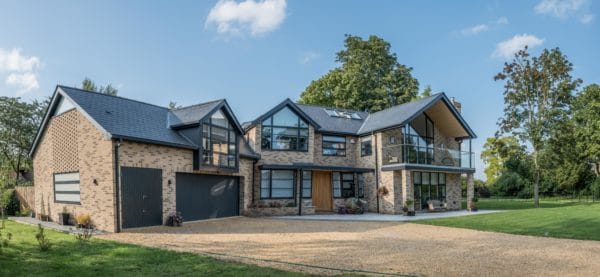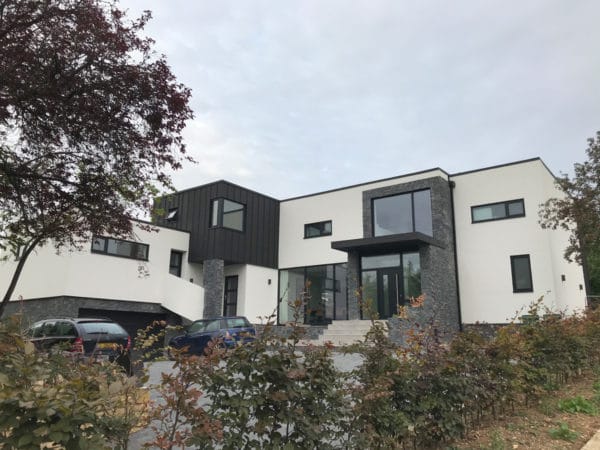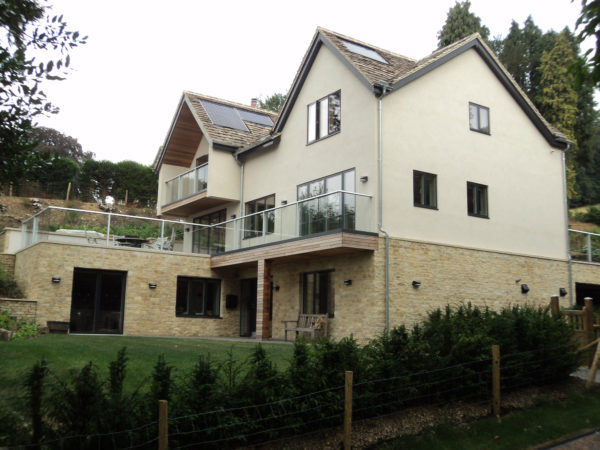Last month, in my capacity as interim CEO for NaCSBA, I had the pleasure of a face-to-face meeting with Brandon Lewis MP, the current housing minister. Getting face time with a minister these days is a challenge as they’re so busy, but he found a slot for this useful meeting. NaCSBA’s chairman and I presented a list of measures collated by members of our executive committee and their respective working groups.
This is a challenging time for the government as it’s in a position whereby it has to come good on election promises – in particular reducing the challenging deficit between spending and income. As such, asking for anything that’s going to cost money is unlikely to gain traction.
We therefore set about highlighting areas of policy that could free up the system and allow the government to achieve its stated aim of doubling the number of self and custom build homes by 2020.
First up was plots and planning. This is still the biggest hurdle, and countering ill-informed local objection to gradual expansion is a big issue. We’re keen to promote edge-of-settlement exception sites and the identification of new locations where this might be achieved.
This may feed into better land supply under the planned Right to Build, especially if land owners can be persuaded to pool resources. This would mean parcels of otherwise unusable space would be brought together to form viable plots for individual or small developments.
We touched on finance, too. Self-builders have an advantage over custom builders at present because of the existing tax regimes. Stamp Duty (SDLT) and VAT are payable on serviced custom build plots, where some work has already been done to create the right infrastructure. We think there ought to be a level playing field and that SDLT should only be paid on the value of the plot before services are installed.
VAT paid on materials at this stage should be zero rated or reclaimable, as with self-build. At present, custom builders share the same exemption from the Community Infrastructure Levy (CIL), but this is time-limited to three years. We suggested this should be extended to sustain the interest in custom home building with enabling developers.
Finally, we put forward ideas to help maintain momentum on the Right to Build legislation that’s set to be enacted in 2016. NaCSBA’s research team has been developing a toolkit for local authorities looking to implement the new regulations (see the news story, left). This will prove invaluable in connecting would-be self and custom builders with access to available plots through local councils. We hope to contribute to a small task force to help authorities implement the legislation effectively.
We hope the minister found our ideas useful. We’ll just have to wait and see if he was listening!


















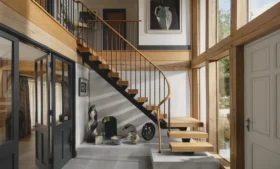













































































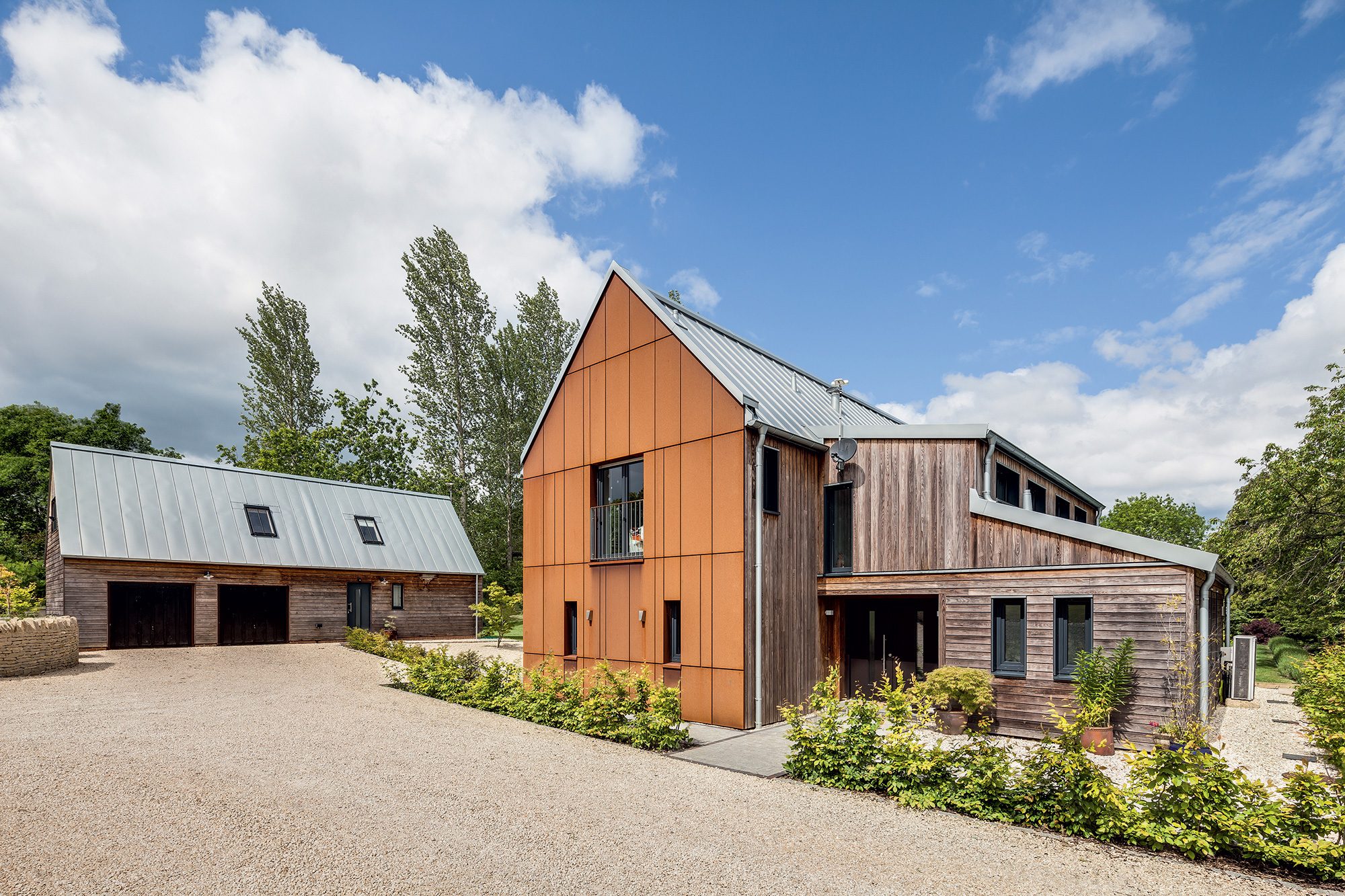
 Login/register to save Article for later
Login/register to save Article for later




